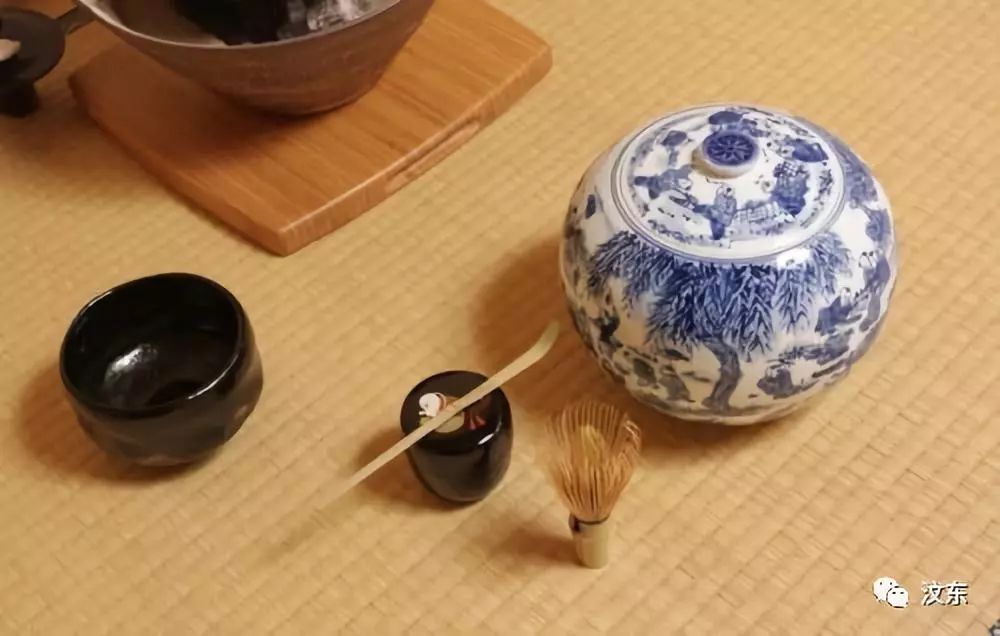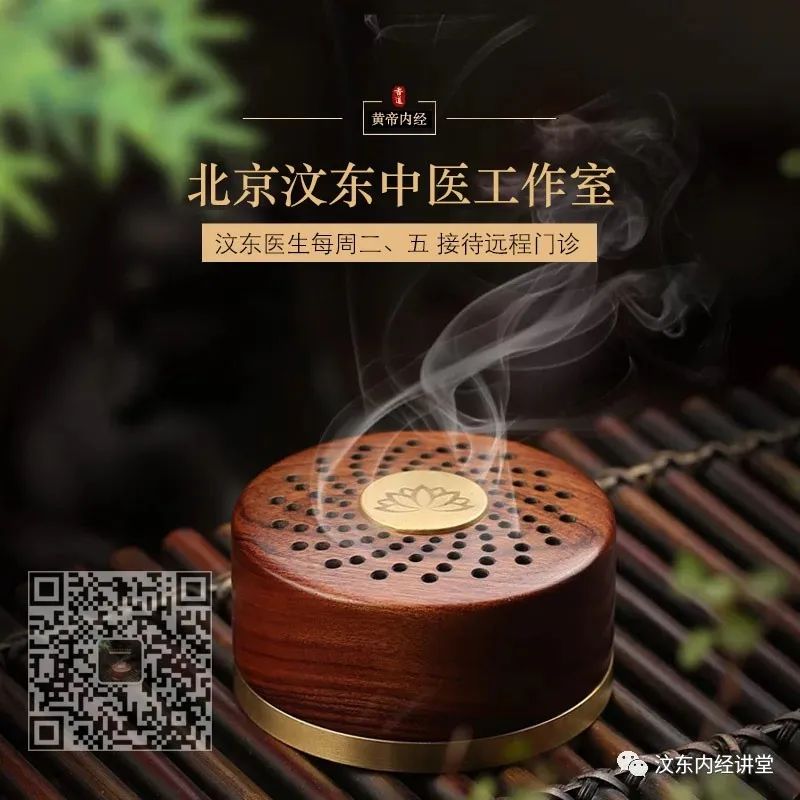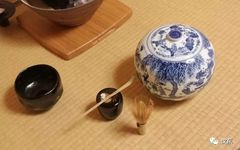
Discussing Yin and Yang, the Five Elements, and the various diseases of the world. Understand and learn to establish a TCM mindset as we delve into the “Huangdi Neijing” with Wendon.
Hello everyone!
Today, we will talk about Yang Deficiency. Many friends are familiar with this term, but there are often misunderstandings surrounding it. This misunderstanding mainly arises from the unclear relationship between Yang and Yang Qi. Today, we will analyze this in detail.
First, let’s discuss what Qi is. What is Qi? This content has been covered in our previous courses. The three sources of Qi in the human body are: first, Yuan Qi (Original Qi), which is congenital; second, Shui Gu Qi (Food Qi), which is acquired; and third, the oxygen inhaled through the lungs. These three types of Qi form the composition of Qi within our body. The main functions of Qi can be summarized in three points: first, it promotes blood circulation; second, it stabilizes the internal organs, preventing them from sagging; and third, it protects the muscles and pores from the invasion of external pathogens.
The “Huangdi Neijing” states that the lungs govern Qi and are responsible for respiration. It also asserts that the lungs are the source of Qi for the entire body. Furthermore, it states that the kidneys are the root of Qi because they have the function of receiving Qi, which mainly refers to the kidneys’ role in inhaling Qi. If a person exhibits symptoms of the kidneys not receiving Qi, they cannot engage in deep breathing, meaning their breath remains above the diaphragm and does not reach the Dan Tian (Lower Dantian). This can lead to short and rapid breathing, resembling symptoms of asthma.
Next, let’s discuss what Yang is.
Those studying TCM know the term Yang Deficiency, such as Kidney Yang Deficiency, Spleen Yang Deficiency, Spleen and Kidney Yang Deficiency, and Heart Yang Deficiency, among others. We also know the term Yang Qi, and often we conflate Yang with Qi, believing that the Qi of the body is simply Yang Qi, and thus Yang Deficiency is interpreted as a deficiency of Yang Qi. I believe most people understand it this way.
Is this understanding incorrect? It sounds reasonable at first glance, but upon closer examination, the error is significant. If a TCM practitioner also interprets it this way, the misunderstanding is even greater. Why? Because in TCM, Yang Deficiency and Qi Deficiency are entirely different concepts. For example, the typical herb for Qi Deficiency is Huang Qi (Astragalus), known for its Qi tonifying properties. The representative formula is Buzhong Yiqi Tang (Tonify the Middle and Augment the Qi Decoction).
In contrast, the typical herbs for Yang Deficiency are Gui Zhi (Cinnamon Twig) and Fu Zi (Aconite), with representative formulas being Gui Zhi Tang (Cinnamon Twig Decoction) and Si Ni Tang (Frigid Extremities Decoction). Therefore, the treatments for Qi Deficiency and Yang Deficiency are completely different. If one does not have a clear understanding, it can lead to significant issues.
So, what is the difference between Yang Deficiency and Qi Deficiency?
What exactly is the distinction between Yang and Qi? The Yang defined in TCM does not refer to the broad concept of Yang; the broad concept of Yang encompasses all functions that possess Yang characteristics, such as Qi, which has Yang qualities and is thus referred to as Yang Qi.
So, what does TCM define as Yang?
The “Huangdi Neijing” states: “When Yang is deficient, there is external cold; when Yin is deficient, there is internal heat; when Yang is excessive, there is external heat; when Yin is excessive, there is internal cold.” This means that a person with Yang Deficiency will feel cold, and the so-called external cold is a manifestation of internal Yang Deficiency. Conversely, a person with Yin Deficiency will feel heat internally, while a person with abundant Yang will not fear the cold. However, if there is Yang hyperactivity, meaning pathological excess of Yang Qi, one will feel excessively hot externally and thus be reluctant to wear clothing. For instance, a type of internal heat causing fever leads to an inability to cover oneself with blankets or wear clothes, feeling excessively hot.
When Yin is excessive, it leads to internal cold, which refers to a cold sensation emanating from within, regardless of how many blankets are used. This is also reflected in fever states. The external temperature may be high, but internally, one feels abnormally cold. The so-called Yin excess also indicates Yang Deficiency, as Yang Deficiency leads to Yin excess. This is akin to how areas not exposed to sunlight tend to be cold and damp. Therefore, Yin and Yang are in a state of mutual balance; when one side is deficient, the other side will immediately become excessive. Thus, Yin and Yang are mutually restraining entities.
What are the treatment principles for Yang Deficiency?
The “Huangdi Neijing” states: “Supplement the insufficient, drain the excessive, adjust the deficiency and excess, to open the pathways and eliminate the evil.” This means that when encountering deficiency syndromes, one should use tonifying methods. When one side of Yin and Yang is overly strong, one should use draining methods. By regulating the deficiency and excess of Yin and Yang, balance can be achieved, allowing the Qi and blood to flow smoothly, thus eliminating diseases and evil Qi from the body. As mentioned in Jin Yong’s “The Legend of the Condor Heroes,” Guo Jing recites: “The way of heaven is to diminish the excessive and supplement the insufficient.” This is the essence of the treatment principle.
Now, let’s summarize what Yang is. In TCM, Yang refers to the warming function of the body, which warms the internal organs, muscles, bones, and limbs. This warmth is transmitted throughout the body via blood circulation. The driving force behind this transmission is Qi. Therefore, the functions of Yang and Qi cannot be viewed in isolation, but it is essential to recognize that their functions are different.
Thus, the main manifestation of Yang Deficiency is a fear of cold. Some individuals may also experience Qi Deficiency, where the primary manifestations include general weakness, spontaneous sweating, and in severe cases, conditions like gastric prolapse, uterine prolapse, or even uterine bleeding due to Qi not containing blood, leading to significant blood loss. These are all manifestations of Qi Deficiency. Of course, it is also possible for a person to have both Yang Deficiency and Qi Deficiency simultaneously.
Next, let’s discuss which organs are commonly associated with Yang Deficiency. We know that the lungs govern Qi, the liver stores blood, the heart governs blood vessels, the spleen governs transformation and transportation, and the kidneys store essence. The kidneys are also the root of congenital essence. What is the root of congenital essence? It is the root of Yin and Yang Qi, which means the development and growth of our body depend on the kidneys. Therefore, the root of Yang also lies in the kidneys.
We know that the human body has two kidneys, and in TCM, one is Yin and one is Yang. The left kidney is Yang, and the right kidney is Yin. Kidney Yang is also referred to as the Ming Men (Gate of Life). Therefore, the great physician Zhang Jingyue from the Ming Dynasty stated: “The Ming Men is the root of Yuan Qi, the residence of water and fire.” This means that the fire of the Ming Men can generate Yuan Qi, and the residence of water and fire refers to the kidneys housing the body’s Yuan Yin and Yuan Yang, where ‘residence’ means dwelling. Here, water and fire represent Yin and Yang. The “Huangdi Neijing” states: “Water and fire are the signs of Yin and Yang.” This means that water has Yin characteristics, while fire has Yang characteristics. These two are the easiest to distinguish and understand in terms of Yin and Yang.
Our body’s warming function, or body temperature, originates from Kidney Yang. The pathways of Yang Qi in the body are divided into three, known as the Three Yang Meridians. The Foot Taiyang Bladder Meridian is responsible for warming the back, the Foot Shaoyang Gallbladder Meridian is responsible for warming the sides, and the Foot Yangming Stomach Meridian is responsible for warming the front. The Hand Three Yang Meridians and Foot Three Yang Meridians work together to warm our internal organs and limbs. These Three Yang Meridians are rich in Qi and blood, facilitating the rapid distribution of heat throughout the body, allowing our internal organs and limbs to receive warmth quickly.
Next, let’s discuss which organs are prone to Yang Deficiency. We start with the kidneys, as they are the root of Yang in the body. What are the manifestations of Kidney Yang Deficiency?
Kidney Yang Deficiency, also known as insufficient Kidney Yang, primarily manifests as cold extremities, with more severe coldness below the waist. Individuals with Kidney Yang Deficiency often have a pale or dark complexion, with a shiny appearance due to the Yang deficiency causing the original color of the kidneys to rise to the face. Kidney Yang Deficiency can also lead to fatigue, frequent urination, and nocturia, with a generally pale tongue and white coating.
There are many causes of Kidney Yang Deficiency, including congenital factors leading to a constitution of Yang deficiency, aging leading to kidney depletion, and prolonged illness harming the kidneys, etc. Here, I recommend a Chinese patent medicine: Jinkui Shenqi Wan (Kidney Qi Pill). This formula is used to treat Kidney Yang Deficiency and also has the effect of tonifying Kidney Yin. However, this medicine is only suitable for early-stage patients, and it is crucial to accurately differentiate the syndrome. I emphasize again that patients without the ability to differentiate syndromes should not self-medicate, as it may complicate the condition and make it increasingly difficult to treat, ultimately causing suffering.
Next, let’s discuss Spleen Yang Deficiency:
The main manifestations of Spleen Yang Deficiency include a lack of taste in food, abdominal distension after eating, a cold sensation in the stomach, a preference for warmth and gentle pressure, cold extremities, a pale and dull complexion, a lack of thirst, and reduced urination. The most representative manifestation of Spleen Deficiency is sticky or loose stools, and in severe cases, it can lead to Wangu Buhua (inability to digest food properly).
In TCM diagnosis, patients with Spleen Yang Deficiency often present with a pale, swollen tongue with tooth marks, a white and slippery tongue coating, and a pulse that is deep, slow, and weak. These are all manifestations of Yang Deficiency. For Spleen Yang Deficiency, we focus on three main characteristics: a cold stomach, sticky stools, and reduced urination. If these three characteristics are present, we can consider the possibility of Spleen Yang Deficiency. Please note that this is a consideration, not a definitive diagnosis. If other characteristics are also present, it may indicate Spleen Yang Deficiency.
Of course, when patients are ill, they do not always present textbook symptoms, so their overall presentation is generally complex. Here, we have broken down the symptoms of Spleen Yang Deficiency for clarity. Spleen Yang Deficiency often coexists with issues of liver and stomach disharmony or excess heat in the liver and heart, as the spleen and stomach are the body’s center. When this center is disrupted, the Qi mechanism throughout the body becomes chaotic. Therefore, Spleen Yang Deficiency is not just a singular issue.
Next, I recommend a patent medicine for Spleen Yang Deficiency: Lizhong Wan (Regulate the Middle Pill). There are two types: Lizhong Wan and Fuzi Lizhong Wan (Regulate the Middle Pill with Aconite), which adds Aconite to enhance the warming effect on Yang, as Aconite is very warming and can dispel cold pathogens.
The ingredients of Lizhong Wan include: Gan Jiang (Dried Ginger), Bai Zhu (White Atractylodes), Ren Shen (Ginseng), and Zhi Gan Cao (Honey-fried Licorice). Its main functions are to warm the middle, disperse cold, strengthen the spleen, and benefit the stomach. It is used to treat Spleen and Stomach Deficiency Cold, vomiting, diarrhea, chest fullness, abdominal pain, and digestive disorders.
Next, let’s discuss Heart Yang Deficiency:
The manifestations of Heart Yang Deficiency include palpitations, chest tightness, slow heart rate, or symptoms such as chest pain and cyanosis of the lips and nails. The main pathogenic factor causing Heart Yang Deficiency is cold, which can obstruct the heart vessels and lead to insufficient heart Yang. Patients with Heart Yang Deficiency generally have a pale tongue, a swollen tongue, a white and slippery tongue coating, and a pulse that is deep and weak, indicating the invasion of cold pathogens.
The unified manifestation of Yang Deficiency is a fear of cold and cold extremities, which is a common symptom across all Yang Deficiency syndromes. There are many formulas for treating Heart Yang Deficiency, such as Gui Zhi Tang (Cinnamon Twig Decoction), Gui Zhi Gan Cao Tang (Cinnamon Twig and Licorice Decoction), and Zhi Gan Cao Tang (Honey-fried Licorice Decoction). However, as these are herbal decoctions, they are more specialized and may not be suitable for most patients to understand, so I will not elaborate further.
In the case of Yang Deficiency in the five organs, the most common are the spleen, kidneys, and heart. Lung Yang Deficiency is rare because once Yang Deficiency occurs in the body, it can easily lead to Qi stagnation, resulting in heat above and cold below. At this point, the manifestations in the lungs are often heat-related, so cases of Lung Yang Deficiency are not common.
Additionally, Liver Yang Deficiency is also uncommon. We know that the liver’s characteristics are that Yin Deficiency leads to Yang hyperactivity. The liver always needs to be nourished by Yin blood, and if the liver’s Yin blood is insufficient, it can easily lead to Yang hyperactivity. Therefore, the liver is often in a state of excess Yang and insufficient Yin, making it less likely to experience Liver Yang Deficiency.
Alright, that concludes our lesson for today. I hope today’s course has been helpful to everyone. Thank you, and see you next time.
To schedule a remote consultation, please scan the code to join.


